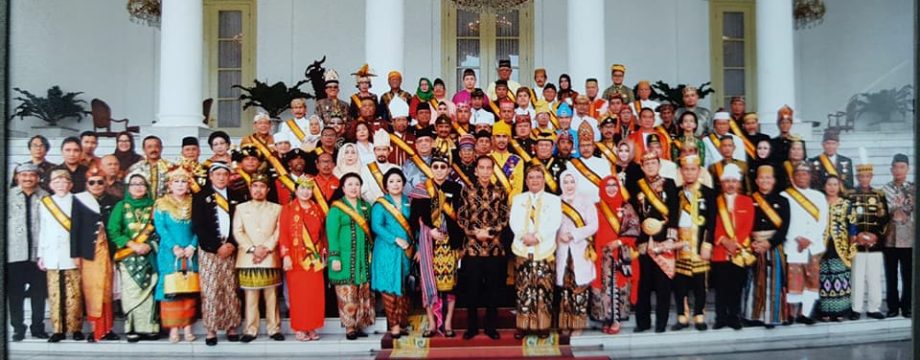The Kingdom of Kaur: founded in 1697; located on Sumatera, Prov. Bengkulu, District of Kaur.
District Kaur
Line history kingdoms on Sumatera: link
Foto kingdoms / sultanates on Sumatera
* Foto sultans and kings today on Sumatera: link
* Foto sultans and kings in the past on Sumatera: link
Video history of the kingdoms / sultanates on Sumatera
* Video history kingdoms on Sumatera, 75.000 BC – today: link
* Video history kingdoms on North Sumatera, 0 AD – today: link
* Video history kingdoms on West Sumatera, 0 AD – today, link
KINGDOM OF KAUR
History of the kingdom of Kaur, 17th century
Google translation
The Kingdom of Kaur was founded in about 1697 by Prince Raja Luwih, who has the title of Sebrani Gunung Kaur, who was the Son of the couple Dewa Sekanjang Hitam and Dewa Sekanjang Putih, who was the Brother of Ratu Darah Putih of the Ruler of the Kingdom of Banten in the past.
The height of glory of the Kingdom of Kaur was during the reign of King Negara Muda or Pangeran Cungkai around 1840. This kingdom suffered a decline due to its involvement in a very long war with the Dutch Company.
Starting from the support given by the Kaur kingdom to Datu of Pasemah, who fought against the Dutch Company in the war of the Jati in 1825. Until finally the king of the young country was forced to evacuate the Chinese crown in 1842, and the royal throne had to be handed over to his daughter, Queen Dale, moved the royal center of the inland region, precisely the second region, which is now included in the vast Kecamatan, Kabupaten Kaur.
House of Pangeran Cungkai in District Kaur
History of the kingdoms in Bengkulu
The region of Bengkulu was subject to the Buddhist Srivijaya empire in the 8th century. The Shailendra Kingdom and Singosari Kingdom succeeded the Srivijaya kingdom, but it is unclear whether they spread their influence over Bengkulu. The Majapahit also had little influence over Bengkulu. There were only few smalls ‘kedatuan’ based on ethnicity such as in
In the region of Bengkulu once were ethnic-based kingdoms such as: kingdom of Sungai Serut,
kingdom of Selebar,
kingdom of Pat Petulai,
kingdom of Balai Buntar,
kingdom of Sungai Lemau,
kingdom of Sekiris,
kingdom of Gedung Agung,
kingdom of Marau Riang.
They were under the sultanate of Banten, as vazals.
Some areas of Bengkulu, also were under the authority of the Kingdom of Inderapura since the 17th century.
Some areas of Bengkulu, also were under the authority of the Kingdom of Inderapura since the 17th century.
The first European visitors to the area were the Portuguese, followed by the Dutch in 1596. The English East India Company established a pepper-trading center and garrison at Bengkulu (Bencoolen) in 1685. In 1714 the British built Fort Marlborough, which still stands.
In 1785, the area was integrated into British Empire as Bencoolen, while the rest of Sumatra and most of the Indonesian archipelago was part of the Dutch East Indies. Despite the difficulties of keeping control of the area while Dutch colonial power dominated the rest of Sumatra, the British persisted, maintaining their presence for roughly 140 years before ceding Bengkulu to the Dutch as part of the Anglo-Dutch Treaty of 1824 in exchange for Malacca. Bengkulu then remained part of the Dutch East Indies.
Foto
Remains of Pangeran Cungkai
———————–
Remains which are still in the house of Pangeran Cungkai




